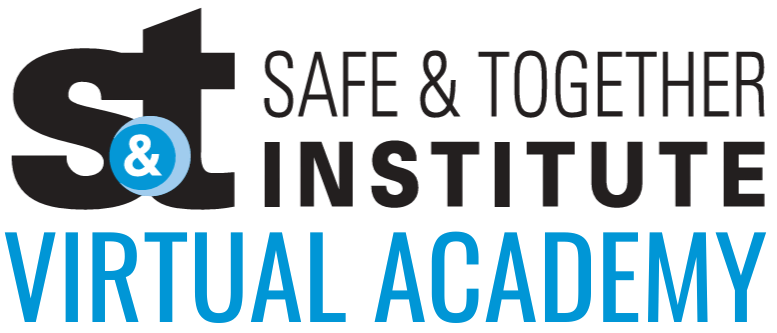Courses for Mental Health & Substance Abuse Professionals
Many mental health and addiction professionals find domestic violence is a factor in their cases. As professionals in the field, you are called in to support child welfare cases to determine the health and capabilities of both the perpetrator and the victim. Yet many mental health professionals are ill-prepared to deal with the complexity and delicacy of these cases. They can best assess if the client is a danger to him/herself, but not always if they are a danger to others.
Safe & Together Institute’s domestic abuse–informed trainings & tools assist professionals in building the behavioral expertise needed to determine the correct course of treatment plans and documentation when domestic violence is a factor. The Safe & Together Model gives mental health professionals tools on how to best understand the impacts of domestic violence on overall mental health, treatment setbacks, healing, and recovery for the perpetrator as well as adult and child survivors.
After participating in our training, you will be able to identify how manipulation, coercion, and weaponized threats by the perpetrator can impact the mental health of their victims and their access to safety, treatment, and overall recovery. You will learn a common language and framework that will allow you to better report and document the situations of the survivor or perpetrator, which has an impact on the safety of the adult and child survivor.
By becoming domestic abuse–informed, you will be a better partner to your peers in the child wellness ecosystem, working to keep children safe and together with their protective parent.
Safe & Together Institute’s domestic abuse–informed trainings & tools assist professionals in building the behavioral expertise needed to determine the correct course of treatment plans and documentation when domestic violence is a factor. The Safe & Together Model gives mental health professionals tools on how to best understand the impacts of domestic violence on overall mental health, treatment setbacks, healing, and recovery for the perpetrator as well as adult and child survivors.
After participating in our training, you will be able to identify how manipulation, coercion, and weaponized threats by the perpetrator can impact the mental health of their victims and their access to safety, treatment, and overall recovery. You will learn a common language and framework that will allow you to better report and document the situations of the survivor or perpetrator, which has an impact on the safety of the adult and child survivor.
By becoming domestic abuse–informed, you will be a better partner to your peers in the child wellness ecosystem, working to keep children safe and together with their protective parent.

